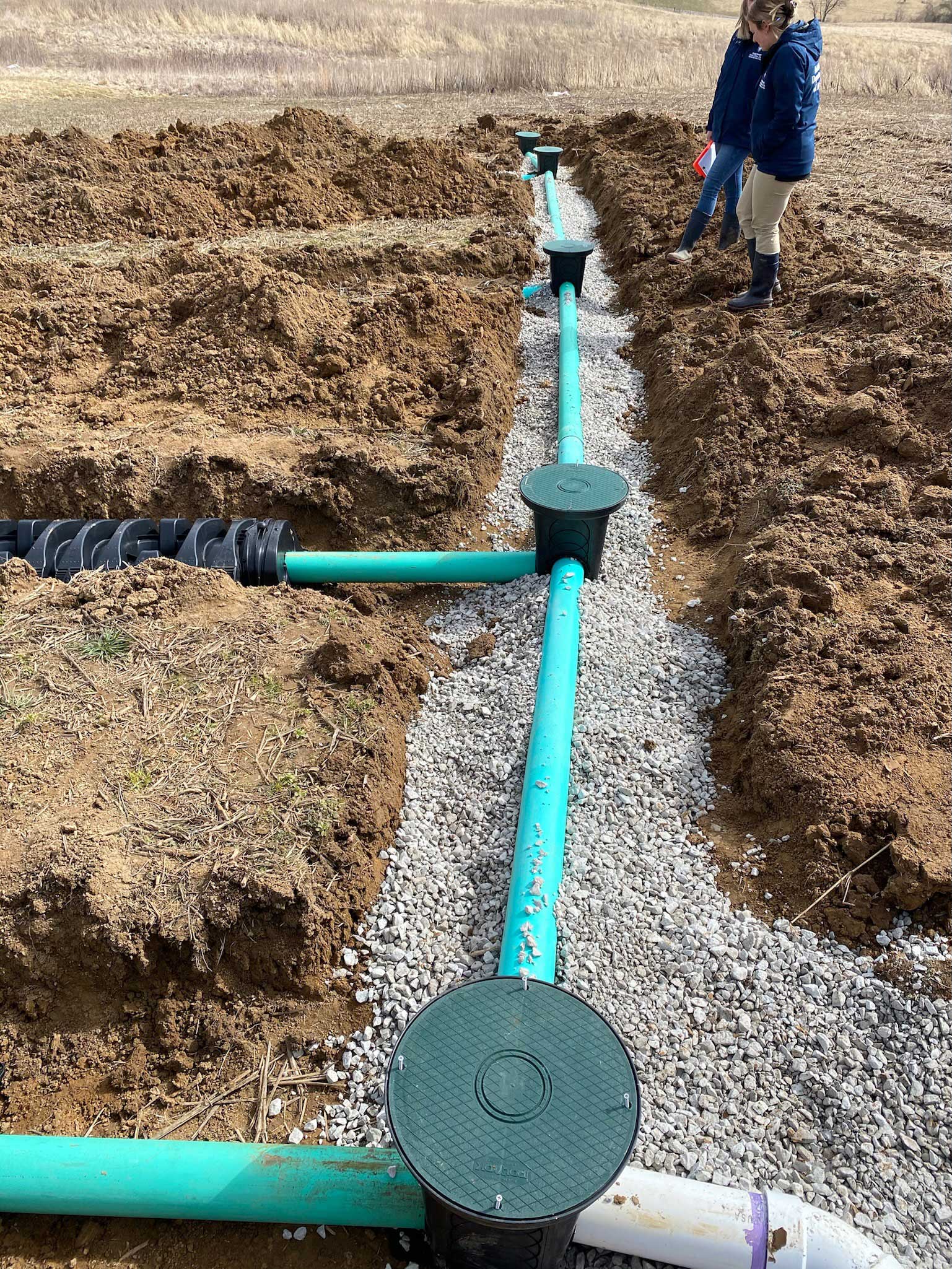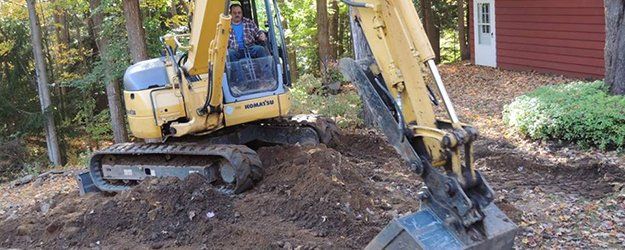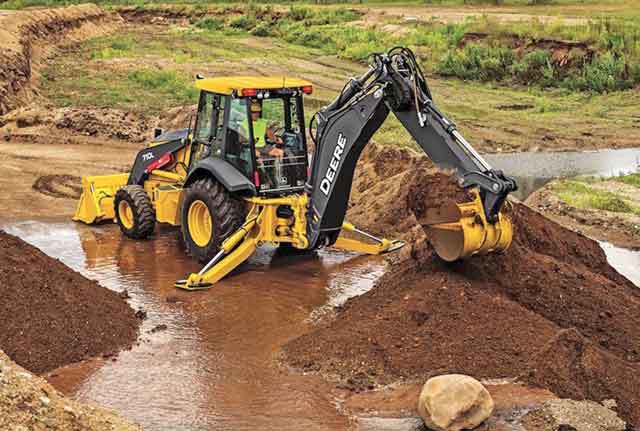Unveiling the Art of Excavation: Pro Tips for Safe and Productive Excavating
As dirt is turned and earth is relocated, the ins and outs of excavation expose themselves, demanding an eager understanding of equipment, dirt make-up, safety methods, and environmental factors to consider. The know-how needed to browse these elements successfully can mean the distinction in between a successful excavation job and a possible disaster.
Relevance of Proper Devices
To ensure the safety and security and efficiency of any type of excavation task, utilizing the proper tools is critical. The right devices not only improve performance but also minimize dangers related to excavating. Excavation projects vary in range and complexity, ranging from tiny domestic landscape design work to massive construction undertakings. No matter the job dimension, having the correct equipment can make a significant difference in the result.
These functional machines come in numerous dimensions to suit various job needs. Miniature excavators are excellent for smaller sized jobs, while bigger excavators deal with more considerable tasks effectively.
Bulldozers succeed in tasks that require pressing large quantities of soil or debris. By spending in the ideal devices, excavation tasks can be completed securely, on time, and with accuracy.
Understanding Soil Composition
An extensive understanding of dirt make-up is fundamental for executing excavation projects with precision and security. Understanding the different types of soil is important as it directly affects excavation techniques, devices choice, and general job effectiveness.
Sand fragments are the largest and offer good drainage but offer little cohesion. Silt bits are smaller than sand but larger than clay, offering modest water drainage and communication. Clay fragments are the tiniest and provide high communication however bad drainage. Organic issue, such as decaying plant material, influences dirt fertility and stability.
Before commencing excavation, performing soil tests to establish its structure and attributes is vital. This info helps in picking the suitable equipment, applying precaution, and creating excavation methods tailored to the details soil problems - lancaster trenching. By understanding dirt composition, excavation specialists can improve task outcomes while ensuring safety and adherence to best practices
Security Procedures and Methods
Recognizing soil make-up is the foundation whereupon precaution and protocols for excavation jobs are developed, ensuring the health of workers and the success of the undertaking. There are several crucial measures that should be carried out to minimize risks and avoid crashes. when it comes to safety during excavation.
Primarily, prior to any digging starts, an extensive assessment of the website should be conducted to determine any type of potential hazards such as underground utilities, unsteady soil conditions, or neighboring structures that could pose a risk. It is important to have a proficient person supervise the excavation process to make sure that all security protocols are complied with strictly.
Additionally, all employees entailed in the excavation should be properly learnt risk-free excavating techniques and the proper operation of tools. Personal protective devices (PPE) such as tough hats, high presence clothing, gloves, and security boots must be put on at all times to reduce Source the danger of injuries. septic ohio. Normal safety meetings and toolbox talks need to also be conducted to maintain all employees educated concerning possible threats and enhance safe work practices. By adhering to these safety and you can find out more security measures and protocols, excavation projects can be finished efficiently and without incident.
Effective Excavation Preparation
When starting an excavation task, careful planning is vital to guarantee efficiency, safety and security, and effective results. Effective excavation preparation includes a number of crucial steps that are crucial for the smooth implementation of the job. The primary step is to carry out a detailed site analysis to determine any possible risks, such as underground energies or unpredictable soil problems. This info is vital for establishing a comprehensive excavation strategy that includes precaution and risk reduction approaches.
When the site evaluation is complete, the next action is to create a clear timeline and routine for the excavation tasks. This consists of determining the series of jobs, equipment demands, and workforce allotment. Appropriate organizing assists stay clear of hold-ups and guarantees that the job remains on track.

Moreover, communication among all employee is vital throughout the preparation stage. Clear instructions, regular updates, and effective sychronisation are necessary for an effective excavation task. By spending effort and time in thorough preparation, excavation groups can dramatically boost performance, reduce risks, and achieve effective results.

Taking Care Of Environmental Factors To Consider
With boosting emphasis on ecological sustainability in building and construction methods, managing ecological considerations has actually ended up being a vital facet of excavation jobs. Excavation activities have the prospective to impact the surrounding setting through dirt erosion, debris overflow, environment interruption, and contamination of water resources. To alleviate these risks, it is necessary to carry out best techniques that prioritize ecological defense.

Additionally, appropriate waste administration is vital to avoid dirt and water contamination. Implementing procedures for the disposal of hazardous materials, recycling of waste products, and decreasing using harmful chemicals can significantly decrease the environmental influence of excavation tasks. By incorporating these methods into excavation planning and execution, building and construction firms can make certain that their tasks are not only risk-free and productive yet also ecologically accountable.
Conclusion
To conclude, grasping the art of excavation needs an extensive understanding of appropriate equipment, dirt structure, precaution, and reliable planning. By complying with these guidelines and taking into consideration ecological factors, excavations can be conducted safely and effectively. It is important to prioritize safety and security and efficiency in every digging task to guarantee successful outcomes.
As dirt is turned and planet is moved, the complexities of excavation disclose themselves, demanding a keen understanding of tools, soil make-up, security methods, and environmental factors to consider.To make sure the safety and performance of any type of excavation task, using the ideal tools is extremely important.A comprehensive understanding of soil structure is basic for performing excavation tasks with precision and security. Comprehending the various types of dirt is vital as it directly affects excavation methods, tools selection, and overall task efficiency. By comprehending soil make-up, excavation professionals can improve job outcomes while making sure safety and security and adherence to finest techniques.